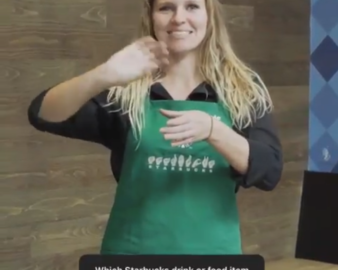— August 19, 2019
Video is all the rage on social media. In 2016, Facebook’s Nicola Mendelsohn, Vice-President for Europe, the Middle East and Africa, boldly predicted that Facebook would probably be “all video” in five years’ time. True enough, Facebook has since made great strides on the video front, rolling out Facebook Live and Messenger Day. Now known as Facebook Stories, the feature is the company’s take on ephemeral content, first made popular by Snapchat and later adopted by Facebook-owned Instagram,.
Facebook Stories lets users share photos and videos as they happen. But unlike regular content on your Timeline, uploads on Stories disappear after 24 hours—hence the label ‘ephemeral.’ Facebook Stories is also a smash hit, netting 500 million users as of April 2019.
So clearly, people love their Stories. But the question is, how can your business take advantage of this platform for your social media marketing? Here are 5 ideas to try… today!
1. Use Stories to Create a Sense of Urgency
The fleeting nature of Facebook Stories is at the heart of what makes it a compelling marketing tool. With each Story lasting only 24 hours, you can leverage this to create a sense of urgency and leverage people’s fear of missing out (FOMO). Use time-sensitive content to share information about limited-time deals and offers, attaching a code that users can redeem on your online store. You can also hold contests and giveaways to encourage users to view and share your Stories.
How brands are doing it: Facebook Stories is a great way to introduce new products, similar to how Shake Shack regularly shares new menu additions.
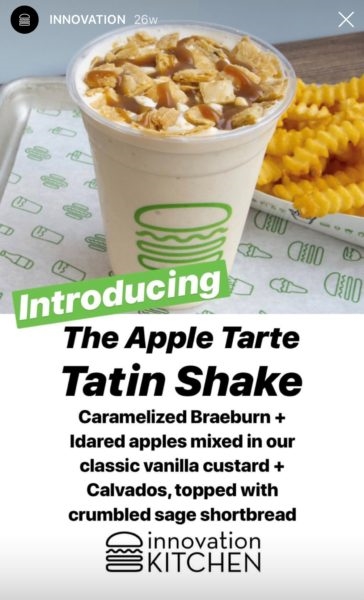
2. Get Personal
The appeal of Stories lies in how they document moments as they happen; This means that people don’t expect your Stories to be polished, highly produced videos or images. This rawness also aligns perfectly with the concept of letting brands be themselves.
For example, you can use Facebook Stories to let your customers see what goes on behind the scenes of your business, especially things like product design and R&D.
How brands are doing it: Share videos and photos of events you’re organizing or joining. Take this example from IKEA Australia, which shows a behind the scenes look of an interview with the company’s head of design.
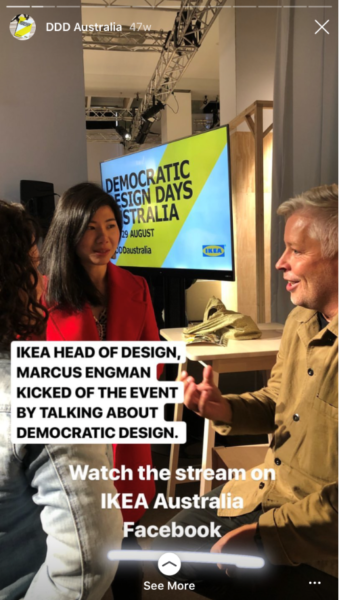
3. Personalize Facebook Stories to Reflect Your Brand
Facebook Stories comes with many effects, filters, and tools you can use to personalize your Stories, making your uploads more eye-catching and well, more you. Take advantage of these features to edit your content before posting them on Facebook or Instagram. This allows you to personalize your content to align with your brand’s image, colors, fonts, and themes.
How brands are doing it: For example, Uniqlo uses its Stories on Facebook and Instagram to promote its Airism line under the theme of freedom and body positivity. The Airism line is defined by its light and airy colors, something that carries over into Uniqlo’s Stories on the product line.
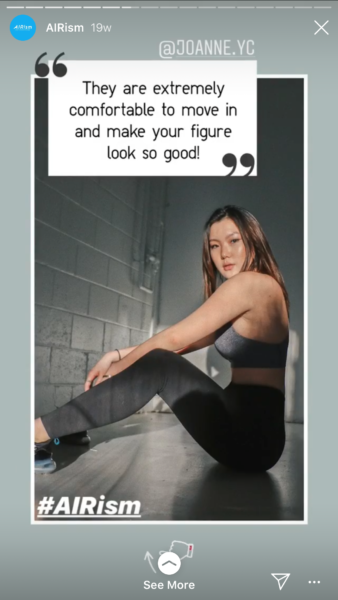
4. Use Facebook Stories to Tell Stories
As with any social media strategy, communicating with your audience using Facebook Stories should go beyond just promoting your brand. Facebook Stories is a great place to actively engage your audience, sharing your brand’s story on a personal level.
For example, you can create Stories to share your brand’s special achievements or milestones. You can also share photos and videos of issues and causes that you feel reflect your brand’s own values. This is a good way to give your audience a look into your company culture.
How brands are doing it: Ben & Jerry’s shared Stories about social justice issues in the United States, ranging from racism, and children’s rights.
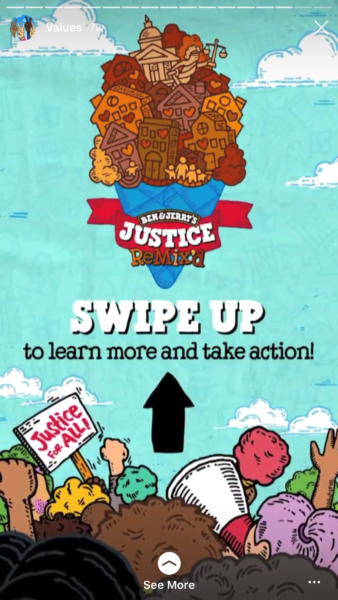
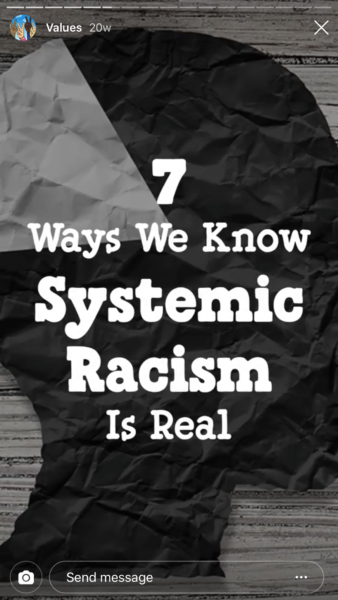
5. Use Other Voices to Share Facebook Stories
You can also make your Facebook Stories more interesting by getting other people within your organization to lend their voice to your Stories. Consider letting your team take control of your Facebook Stories during events and special occasions. For example, if you’re joining a trade show or conference, let your staff manning your booth share updates and other moments as they happen.
How brands are doing it: Starbucks featured their employees on Facebook Stories and Instagram Stories demonstrating translations of signature beverages drinks in American Sign Language.
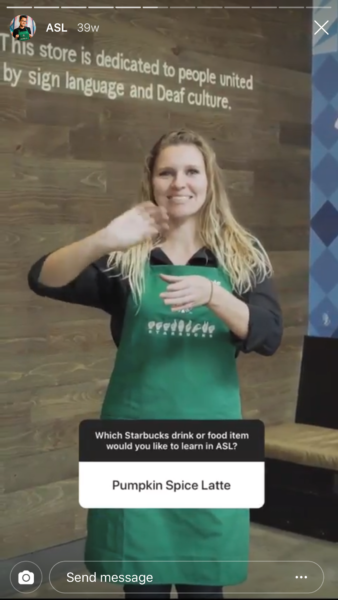
Share Your Brand’s Story and Personality
Visual content on Facebook and Instagram Stories can be powerful way to engage your audience in way unlike any other. Unfortunately, many companies make the mistake of believing that Stories is too much trouble because each video or image has to be perfect and professionally made.
But this isn’t the point of Facebook Stories. As long as whatever story you’re sharing is interesting, it can work on Stories. Follow these tried and tested strategies to improve your brand’s game on Facebook.
Digital & Social Articles on Business 2 Community
(33)
